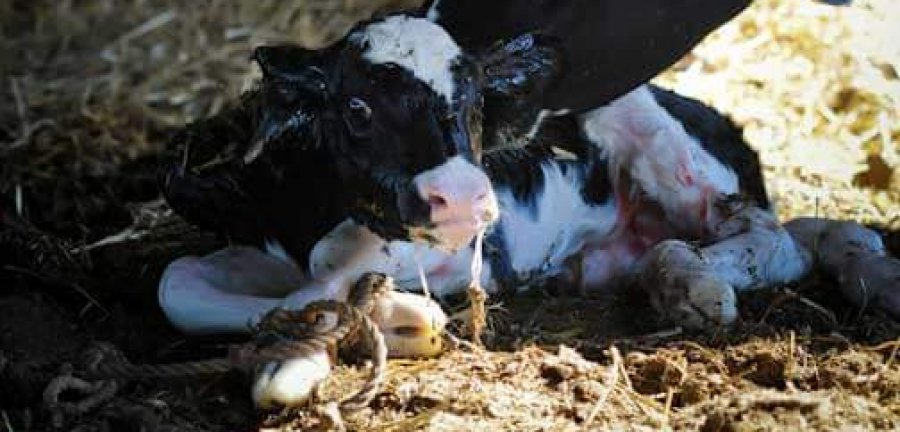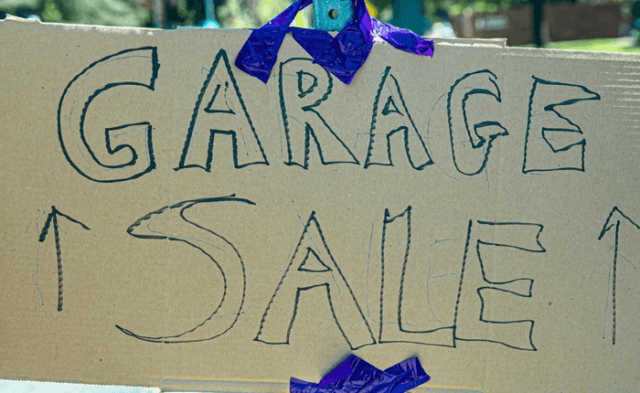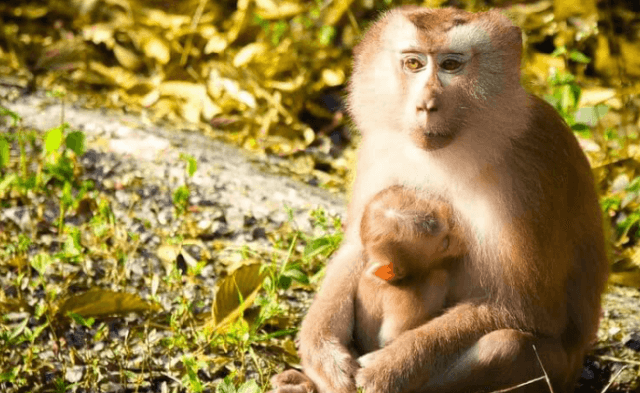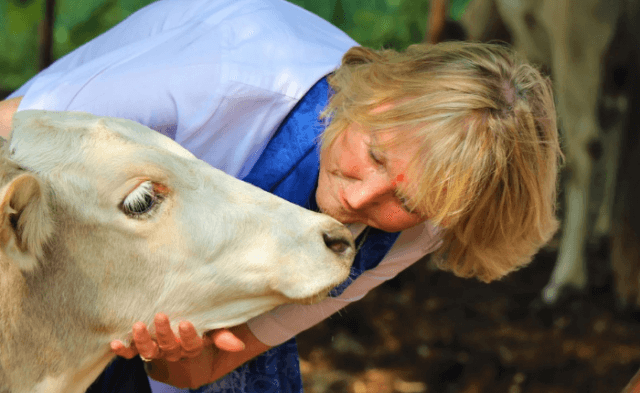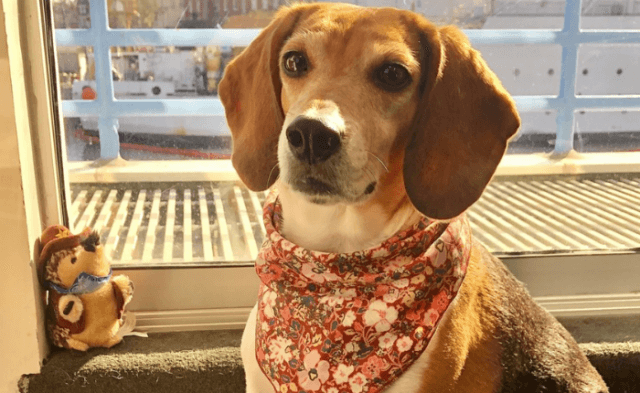In part one of this series, we took a look at the health myths that the U.S. government has been bottle-feeding to all of America. Then, in part two, we covered the history that bonded the government and the dairy industry together. Where does that leave us today?
In 1983, the dairy industry persuaded Congress to create a “dairy checkoff” in which farmers paid a fee to promote and research milk-based foods. Basically, the dairy industry initiated a program to push its “products” on people, whether they wanted—or needed—them or not. The U.S. Department of Agriculture (USDA) even created a special department, Dairy Management, to promote cheese and other foods derived from dairy milk.
Under this program, companies are rewarded financially for finding ways to market dairy “products.” Think Domino’s and its cheese-stuffed, extra-cheese, cheese pizza: The chain had a $35 million “checkoff plan” partnership with the government from 2009 to 2011.
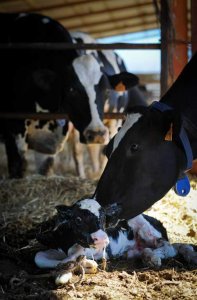
© Jo-Anne McArthur / We Animals
The dairy industry has the USDA in its back pocket. The government agency promotes milk, cheese, and other animal-based foods in part by setting the nutrition curriculum for schools. It also sets the guidelines for school lunches—that’s why they typically include a container of cow’s milk or some cheesy food, such as cheese pizza.
Isn’t that a conflict of interest? You bet it is. It makes about as much sense for the pro-dairy USDA to help schools educate kids about nutrition as it does for the tobacco industry to provide teaching materials about cigarettes.
Tell all the nonvegans you know about this alliance. No one likes being manipulated by the government—or the food industry. If cruelty to cows on dairy farms isn’t enough to make people go dairy-free, maybe learning about the corruption behind the industry will be the necessary push.

